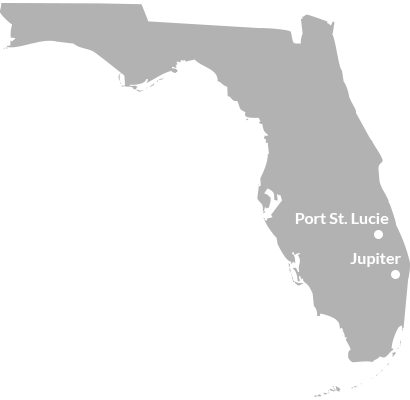Previous Infestation
Has your home ever been infested with termites? A professional termite inspector can tell if there’s been a previous infestation in your home. He or she will check the wood in your home to see how fresh it is. Pros also know how to spot active termite colonies, as well as their remnants. You see, termites aren’t exactly secretive about how they wreak havoc. They leave evidence. And this is one of the things an experienced termite inspector will look for during his/her inspection.
Signs of Previous Treatment
Termite inspections will also include searching for signs of previous treatments. Even if the exterminators who worked on your home before didn’t come from the same pest management company, your current termite inspector will know if termite treatments have been applied. What’s more, your inspector will also know if the treatments were done for prevention or eradication of termites.
Ants or Termites
Did you know that there are around 2,000 known termite species in the world? In the US, however, there are five species considered to be the biggest threat to homeowners. Number one on the list are subterranean termites. Now, this variety of termite’s form colonies from existing nests. For a couple of years, they produce alates or flying termites. During the spring, these alates go off to create their own nests. One-way termite inspectors look for alates is by checking your window sills and doors. They usually cluster around these areas. Of course, if you’re able to spot colonies yourself, it doesn’t automatically mean you have termites. Keep in mind that ants begin new colonies in a similar manner. And it’s hard for regular folk to know the difference unless you’ve been a bug enthusiast all your life. A termite inspector will know and will inform you if he or she finds flying termites inside your house and will suggest a suitable plan of attack.
Mud Tubes or Mud in Construction Joints
Another thing termite inspections will uncover are the presence of mud tubes. An inspector will check your pipes, attic, the area along your foundation, as well other access points to your home for these. Since termites don’t like traveling open, exposed spaces, they construct highways made of soil, wood cellulose, and other particulate matter (aka mud tubes). Not only do these tubes keep constant humidity to help termites survive, they also offer protection against predators. Aside from mud tubes, an inspector will also look for mud in construction joints. Usually, these are found in areas where there used to be tiny holes or cracks in your concrete. The presence of mud in construction joints will alert the termite inspector whether there’s active or previous termite infestation in your home.
Possible Areas of Infestation
A professional termite inspector won’t just look at the likely places where termites build their nests. They will also check other areas of the house to make sure they don’t miss anything. These areas include the wooden fences next to your house (if there are any), your backyard if you have a huge pile of firewood there, and any other structure in your home made of wood. Even if these structures are made from termite-resistant materials, a meticulous inspector will check everything. A good inspector knows that lapses during the inspection could mean bigger expenses for the homeowner. This means they will try to be as thorough as possible to avoid or mitigate lasting damage to your home.
Wood Damage
Now, you may think that even someone without training can identify if a piece of wood is damaged or not. And while this may be true to some extent, you can’t forget that termites eat wood from the inside. What that means is a typical homeowner might not see surface damage. A trained inspector, however, will know just by tapping wood if it’s hollower than it’s supposed to be. He or she will also know just from the striations in your wood if it’s termite damage from dry rot or water damage.
A Detailed Plan of Action
Termite inspections don’t just end with “Yes, you have termites.” Your inspector will also recommend a treatment plan based on the results of his or her inspection. They could recommend preventative treatment if your home doesn’t have termites. Or if you do, they will suggest treatment based on the severity of the infestation.
Are You Concerned About Termite Damage?
The easiest way to put your mind at ease is to schedule a termite inspection right away. Yes, there are ways to tell if your home has termites or not. But you can’t rely on DIY inspections to assess the current levels of termite damage in your home. Only pros can do that. And the sooner you arrange for an inspector to come to your home, the sooner something can be done about your termite problem (if there is one).
Want More Info on Termite Inspections?
Now that you know what things a termite inspector will look for during an inspection, all that’s left is to call a pest management services company in your area. If you’re not sure how to find the best one in your neighborhood, check out these tips. They include asking for recommendations, reading online reviews, checking customer service, and so on. If you live in Florida, we service the following areas: St. Lucie, Stuart, Jupiter, Palm Beach Gardens, West Palm Beach, Fort Lauderdale, and Miami. Don’t hesitate to call us at (772) 334-7007. You may also try our nationwide toll-free number – (844) 326-3100. Get your Free Estimate today!


